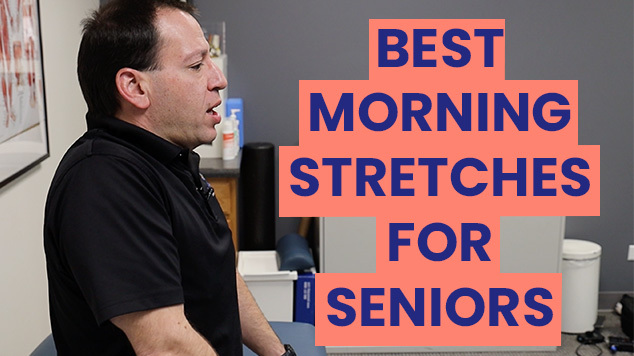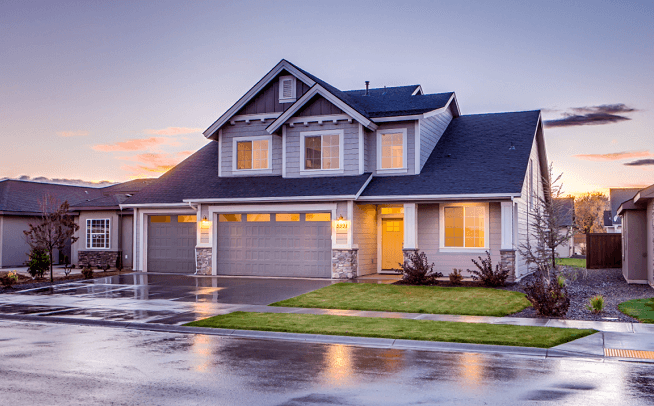
The non-medical home care industry is growing largely because of the influx of seniors into the marketplace. In fact, over 10,000 people are turning 65 every day for the next 10 years. There are already more people over the age of 65 than those 15 years or younger. By 2020, more than 56 million individuals will be 65. And, the over 85 population is on pace to triple by 2040. Research predicts that 40% of this group will need on-going assistance with daily living tasks. With the many models of care, including assisted living facilities, nursing homes and the like, the desire to age-in-place has become one of the most discussed and sought after services in America. This is where the non-medical home care industry provides value!
THINGS TO CONSIDER
Years ago, care for seniors took place in hospitals and nursing homes. Hospital stays were often weeks and not just days. Back then there were family members available to help with after discharge care. Aging-in-place was more reasonable with one wage-earner families. Today, there are many factors to consider in the decision to age in place. Most people want to, but will have a challenge finding family members who have the time, skills or availability to provide that care. As one ages the need for additional services and time increase. Some things to consider:
- 9 out of 10 individuals want to stay at home (age-in-place).
- 80 percent assume they will live in their current home.
- 70 percent will need some type of care in the future.
- The base of family support will shrink for 7:1 to 3:1 by 2015.
- The average distance between family members is approximately 280 miles.
What is Home Care?
Private-pay home care has emerged as an innovative solution to fill the gaps found in the traditional care models. Taking up the slack left by hospitals, nursing home and social service organizations, home care provides the services, availability and flexibility to meet the needs of aging seniors. Where home health provides only medically necessary services as prescribed by a physician, home caregivers provide companionship, mental stimulation as well as many other services.
- Companionship – from socializing to providing transportation to activities.
- Wellness and safety – including meal preparation, diet and nutrition, personal safety monitoring.
- “Red-flag” management- monitoring conditions that might mean a worsening of conditions.
- Help around the house – including grocery shopping, running errands, laundry and light housekeeping.
- Activities of daily living – assistance in bathing, dressing, toileting, personal hygiene, mobility.
- Care coordination – physician visits, therapy visits, pharmacy trips.
- Transitional care – from hospital to home, from rehab to home.
Improving Outcomes and Reducing Costs
Home care can improve the physical and mental wellbeing of seniors. Preventing falls, medication compliance, nutrition, personal hygiene, physician visit compliance, therapy compliance are all proven strategies to reduce health care costs. Compliant seniors are hospitalized less, have less visits to emergency departments and have fewer visits to physician’s office. Coupled with new technologies such as fall detectors, pill reminders, activity monitors and more, seniors are able to remain at home as they age. That saves money!
- Median cost of 44 hours a week of in-home care is $45,000.
- Median cost of a private room in a nursing home is $91,250.
- Median cost of a semi-private room in a nursing home is $80,300.
- Median cost of assisted-living facility is $43,200 but requires moving out of home.
Home care does not draw on the financial resources of the government but that of the individual and families. Many individuals have long term care policies that provide coverage for in-home care. In some cases, the insurance plans may pay directly for services, others reimburse the policy holder. And, for veterans of the military, there are VA Aid and Attendance benefits for which an application must be made. Most in-home care companies offer maximum flexibility in scheduling so that the number of hours provided are up to the discretion of the individual or family. From once a week to daily, individuals schedule what they can afford based upon needs. In-home care – an effective strategy for aging-in-place, providing value to seniors and their families.
Article written by Jay Jones, Home Care Consultant, Home Instead Senior Care Birmingham, Alabama.
Resource: “Caring for American’s Seniors: The Value of Home Care”; 2016; https://www.hcaoa.org.


Comments